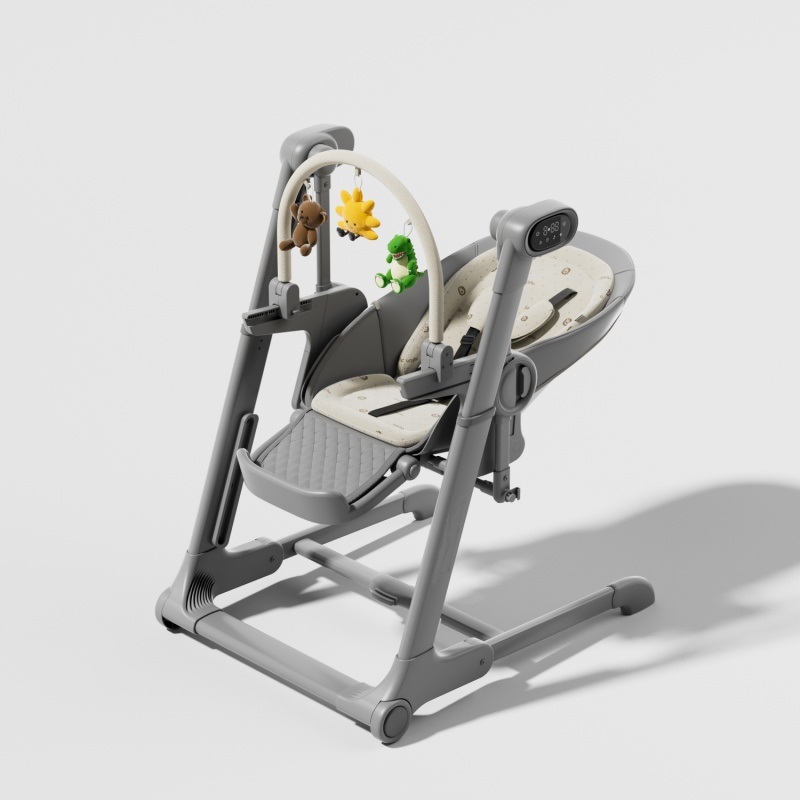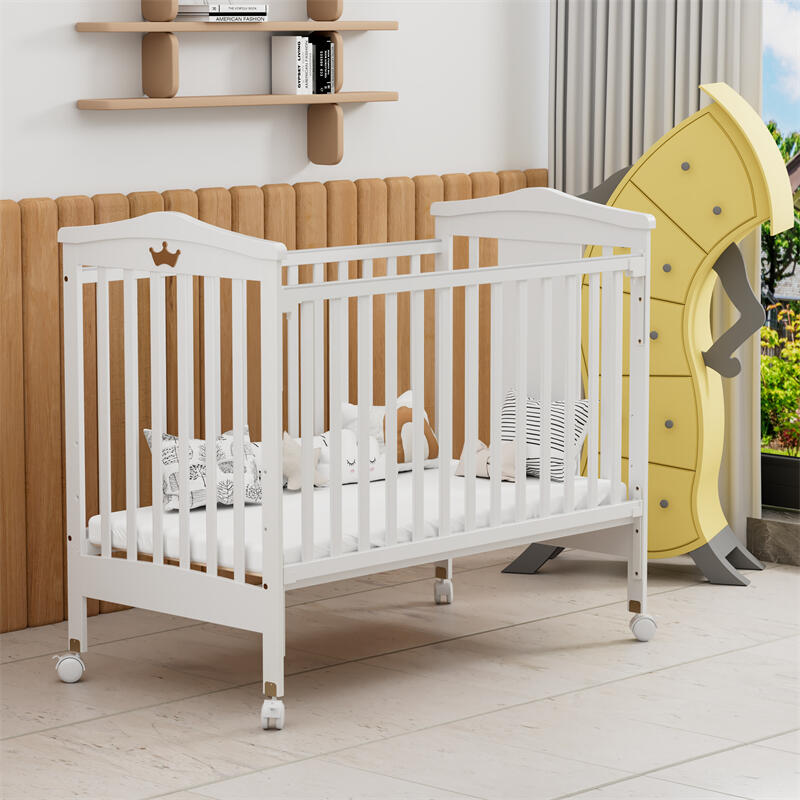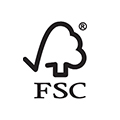In the modern world of parenting, a powerful shift is underway. It moves from managing a child’s behavior to empowering their spirit. At the heart of this philosophy is the Montessori bed. This unique piece is far more than a simple place to sleep; it’s a foundational tool for a child’s independence and self-mastery.
Often referred to as a Montessori floor bed, its design allows toddlers the freedom to move, choose, and explore their own safe space. We know this concept brings up critical, expert-level questions: At what point in a child’s development—the crucial Montessori bed age—is the transition ideal? And most importantly, when properly implemented, is a Montessori bed safe?
This expert guide will deliver clear, actionable answers.
What Is a Montessori Bed? (Definition & Core Concept)
The montessori bed is deeply rooted in the educational philosophy of Dr. Maria Montessori. Her core principle is “freedom within limits.” In a Montessori room, every item should be scaled to the child. The low bed is a tool for self-reliance. It is a fundamental shift in how we see a child’s sleep space.
A traditional crib is a cage that keeps the child in. A Montessori floor bed is an open space that invites the child out. It empowers them to choose when they are tired and when they are ready to wake up and explore.
Imagine a toddler waking up and deciding to flip through a board book, play with soft toys, or pad over to a low shelf for a puzzle—all within their safe, curated space. It makes the bedroom a place of exploration, not a place of forced containment.
Key Characteristics That Define a True Montessori Bed
Montessori bed is a simple mattress placed directly on the floor or on a very low platform. The low height allows a child to get in and out of bed by themselves from the time they can crawl. This is the key difference when you compare a Montessori bed vs a crib.
Traditional cribs have high bars that block access. Standard toddler beds are a small step up, but they still restrict the child’s freedom to move around their room at will.
The goal of the Montessori design is to give children full control over their bodies and their environment. This choice helps to build a strong sense of self-confidence and trust. The comparison below clearly shows how these designs differ in purpose and function.
| Feature | Montessori Bed | Traditional Crib | Standard Toddler Bed |
| Height | Very Low/Floor Level | High off floor, high railings | Low off floor, partial railings |
| Accessibility | Fully accessible, child can exit freely | Not accessible, designed to contain child | Partially accessible, usually one open side |
| Core Goal | Fosters independence, body awareness | Ensures safety within confinement | A transitional step from crib to big bed |
Why Are Montessori Beds Popular Among Parents?

Fostering Independence and Self-Confidence
The main reason for the popularity of the Montessori bed is its link to a child’s early development. Unlike a crib, the floor bed removes the need for parents to “rescue” a trapped child. The child learns that they can control their own body and space.
If they wake up from a nap, they can get down and play quietly with a nearby toy. If they feel sleepy, they can return to bed. This is not just a convenience for the parent. It is a powerful lesson for the child in self-regulation and self-efficacy, which is the belief in their ability to succeed.
The Safety Factor: Addressing the Primary Concern
The first question every parent asks is: Is a Montessori bed safe? The answer is a clear yes, provided you take proper safety steps for the entire room.
The danger in traditional cribs often comes from the risk of climbing over the tall rail and falling a great height. By eliminating the height, the floor bed removes this major hazard. The fall distance is zero or just a few inches.
The focus of safety shifts from the bed itself to the surrounding Montessori bedroom setup. Parents must anchor all furniture to the wall and cover electrical outlets. Additionally, when searching for the best Montessori bed for toddlers, structural integrity is paramount.
At What Age Can a Child Start Using a Montessori Bed?
A common question is: what is the ideal montessori bed age?
In theory, a child can use a floor bed from birth. This aligns with the philosophy of total freedom of movement. However, in practice, most parents introduce the floor bed when the child is developmentally ready to move around their space.
During the first few months, a child is often safe and secure in a bassinet or a crib with the mattress on its lowest setting. Most Montessori experts recommend the transition take place when the child is between 6 and 18 months old, which is when they are actively crawling, pulling up, and starting to walk. This window ensures the child can actually use the freedom the bed offers.
Additionally, watch out for these four behavioral signals:
- Attempting to Climb: The child attempts to lift one leg over the crib rails.
- Expressing Will: The child points to the door or toys to indicate they want to leave.
- Changing Sleep Habits: The child waits in the crib for more than 15 minutes after waking and appears restless.
- Increased Body Awareness: The child can steadily lower themselves to their tummy, roll over, sit up, or stand, indicating they have developed good body control.
This focus on the child’s readiness, rather than a fixed rule, supports the whole idea behind the Montessori approach.
What Types of Montessori Beds Are Available?

Pure Floor Beds vs. Frame-Supported Options
The concept of a montessori floor bed seems simple: a mattress on the floor. However, the market offers two main designs, each with its own pros and cons.
The floor mattress is the purest form, offering maximum freedom and the lowest cost. But placing a mattress directly on the floor can cause problems with air flow and moisture. This creates a risk of mildew.
The second option is the frame-supported bed. These beds rest on a low wooden frame or slats. The frame lifts the mattress a few inches off the floor, which promotes air circulation. This helps to protect the mattress from moisture and keeps the child in a cleaner environment.
The table below provides a quick comparison.
| Feature | Pure Floor Mattress | Frame-Supported Floor Bed |
| Height | Extremely low, directly on floor | A few inches off the floor |
| Air circulation | Poor, risk of mold/mildew | Good, promotes air circulation |
| Aesthetics | Minimalist, temporary feel | Structured, more like furniture) |
| Cost | Lowest | Higher |
Popular Styles: House Beds, Low Platforms, and Toddler Sizes
Beyond the basic structure, parents choose beds based on style and size. When looking for the best Montessori bed for toddlers, two styles stand out.
The first is the house-frame bed. This design adds a roof-like structure above the mattress. It is popular because it creates a cozy, contained “room within a room” feeling, which helps some children feel safer. It gives the child a comforting space while still maintaining the freedom of a low-floor bed.
The other popular choice is the Platform Bed with Rails. These are low-profile beds with short, non-restrictive guard rails on three sides. They are often chosen by parents who want a slight visual boundary and protection against the child rolling off the mattress while keeping the entrance completely open for independence.
In terms of size, many parents opt for the larger Twin size early on for longevity, bypassing the smaller, short-term toddler-sized beds entirely.
How to Choose the Right Montessori Bed for Your Child?
3 Non-Negotiable Safety and Material Standards
Certified Materials: Look for wood marked as E0 grade or TSCA Title VI certified. These labels confirm that the wood has very low or no formaldehyde emissions. This protects the air quality in your child’s room.
VOC-Free Finishes: All paints, stains, or sealants must be labeled as “low-VOC” or “zero-VOC” (Volatile Organic Compounds). Children are more sensitive to these chemicals, so only a non-toxic finish should be accepted.
Structural Safety Certification: The product must meet standards set by organizations like the U.S. Consumer Product Safety Commission (CPSC) or similar groups in your country. These rules make sure that the bed is stable and does not have small parts that could be a choking hazard.
Deciding on Size & Popular Styles
Parents often face a size question: should I buy a smaller toddler bed or go straight for a larger Twin (single) size? While a toddler bed is very cozy and takes up less space, it is a short-term purchase. Your child will likely grow out of it before they are four years old.
A twin-sized Montessori bed offers a better long-term solution. It provides more sleeping area and is a size they can use until their teen years. This eliminates the need for another costly transition later on.
Who Should Consider A Montessori Bed?

The Montessori bed is an excellent choice for families whose core parenting goal is to foster early independence. It works best for parents who are comfortable setting up a childproofed bedroom that gives the child freedom.
Ideal candidates are those who value self-directed learning and want to build a relationship with their child based on mutual trust, rather than control.
If you see your child as an active learner who should be able to make safe choices in their environment, a floor bed fits your vision perfectly.
While the floor bed is widely recommended, it is not the right choice for every family. For example, if you live in a very small apartment where the child’s bed must be in the same small room as the parents’, a crib or an enclosed bed might be necessary to define boundaries.
Furthermore, families with multiple pets, especially large dogs, may need to use a bed with higher sides to ensure the child is safe from accidental disturbances during sleep.
Parents of children with specific physical needs or severe sleepwalking tendencies should also seek advice from a pediatrician before making the transition.
In these special situations, a low-profile toddler bed with higher rails could be a better, safer alternative that still respects some level of independence.
How to Set Up a Montessori Bedroom?
If you want to create a child-centric Montessori bedroom that will be a warm haven for your child, then it’s time to start preparing.
You should baby-proof the room so they can play around in it safely, such as:
- Cover electrical outlets.
- Use safety latches on drawers and cabinets
- Anchor furniture to the wall to prevent tipping
- Make sure the floor is soft and suitable for crawling or walking
You should be completely child-friendly and make sure most of the room is at children’s eye level, such as.
- Use low shelves to hold books and toys
- Place a low wardrobe or drawers within the child’s reach
- Artwork and other decorative elements are at eye level
You should be creative and divide the room into specific areas for sleeping, playing, and learning. For example.
- Sleeping area: Keep this area quiet and undisturbed
- Reading corner: Add a small bookshelf and a cushion or chair to create a cozy reading corner
- Play area: Include open floor space and a small table or mat for activities
You can add more educational elements to the room to make it easy for your child to learn while playing, such as:
- Hang a world map on the wall
- Use wall stickers and rugs with letters, patterns, or numbers
Conclusion
In conclusion, a Montessori bed is more than just a piece of furniture; it’s a tool that supports the natural development of children by fostering independence, safety, and learning.
Whether you’re considering making the switch from a crib or looking to redesign your child’s nursery, a Montessori bed offers a multitude of benefits that align with the Montessori principles of education.
With the right preparation and approach, a Montessori bed can be a wonderful addition to your child’s bedroom and to their growth journey.
Recommended Related Articles:













